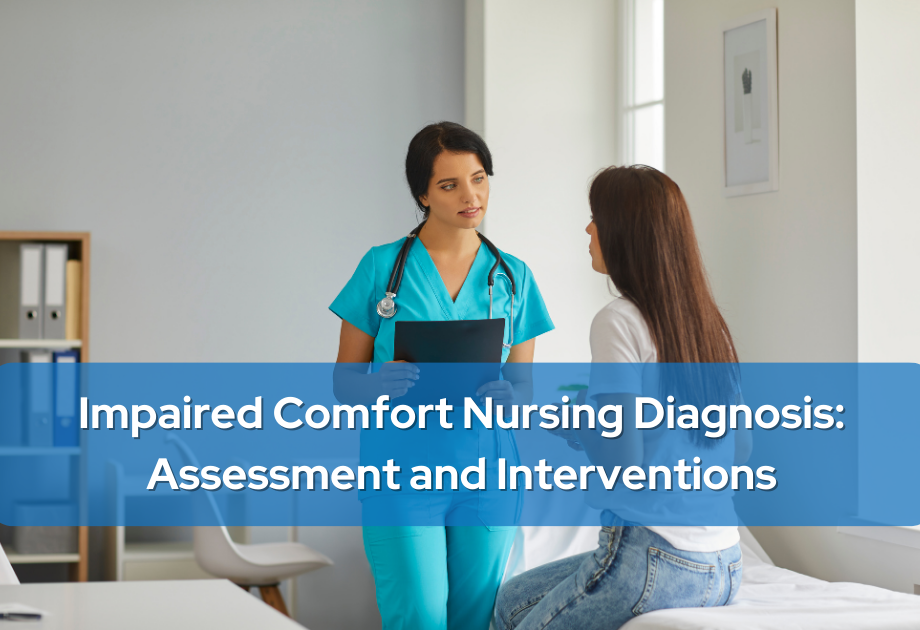- Oak Brook:(630) 705-9999
- Chicago:(312) 920-8822
- Email:inquiry@vervecollege.edu
- Make a Payment
- Home
- Programs
- Admission
- Resources
- ATI Entrance Exam Resources
- New E-Digital Library
- Refer a Friend
- School Newsletter
- Events
- Employers
- Job-Network
- Alpha Beta Kappa Candidates
- Verve College Library
- Graduation and Pinning Ceremony Photo Galleries
- Textbook Information
- Career Services
- Tutoring
- School Catalog
- FAQ
- Constitution Day Program
- Alumni
- Verve College Plans
- Financial Aid
- HEERF Reporting
- Satisfactory Academic Progress
- Apply For Financial Aid
- Net Price Calculator
- Return of Title IV Funds (R2T4)
- Financial Aid Office Code of Conduct
- Contact
- FAQs
- Verification Policy
- Vaccination Policy
- Student Right-to-Know Act
- Misrepresentation
- Information Security Program
- Academic Award Year
- Availability of Employee
- Cost of Attendance
- Health & Safety Exemption Requirement
- Students Rights and Responsibilities
- Leave of Absence
- Pell Formula
- Military Students
- Grants/ Scholarship Policy
- Contact Us
- Testimonials
- Blog
Is a Nursing Career Right For You?
Take The Free Quiz
Impaired Comfort Nursing Diagnosis: Assessment and Interventions
Impaired Comfort Nursing Diagnosis: Assessment and Interventions
A feeling of discomfort is called impaired comfort., or emotional and social challenges that a patient encounters. The comfort levels of patients vary by age group and patient. The professional nurse should assess the cause of discomfort as thoroughly as possible to determine how best to intervene. Night and weekend nursing programs (degree programs) at community colleges help prospective students to learn more about impaired comfort nursing diagnosis plans.
Symptom control and acute pain & severe pain aren’t your only options for improving comfort. Patients must feel easily at home in their surroundings, feel emotionally linked, feel supported by their family, receive timely help & impaired comfort nursing diagnosis plan, participate in their LPN program or practical nursing program at a community college, and be engaged by committed staff. Patient comfort is directly related to patient satisfaction.
Impaired Comfort Nursing Diagnosis
- Anxiety
- Sleeping too little is not good for you
- Concern and confusion
- Stress
- Vomiting and nausea
- Uncomfortable environment (hospitalization)
- Unbalanced thermoregulation
- Assistance networks are being gone.
- Conflicts between religious or social customs
The Indications and Symptoms (as Demonstrated by)
Subjective: (Reports from sufferers)
- Sickness and exhaustion, and general malaise are verbalized
- Stress or worry is expressed by expressing it.
- Concerned about health or procedure
- A sensation of worry about savings, belief, or community support
(Assessment by a nurse)
- Pain signs: grimacing and guarding; moaning and diaphoresis
- Restlessness or irritability
- Fear or distress
- Rapid Breathing
- Heart rate increases
Impaired Comfort Practical Nursing Assessment
Examine the physical signs of stress through effective communication. Discomfort, vomiting, tiredness, and healthcare supplies like IV lines and catheters may cause discomfort.
- Assess the extent of suffering
Use a pain scale to monitor the chronic pain level (oral or not).
- Check for emotional or psychiatric problems
Nurses may see outward signs such as tears or restlessness. Still, a patient’s emotional state may be more difficult to understand.
- Question the patient to find out what their satisfaction criteria are.
In some cases, the nurse cannot control the situation, or the patient does not understand the reality of the situation.
Nursing Interventions to Impaired Comfort
1. Being Polite
Kindness is the simplest and most important thing a nurse can do for patients. Smile, speak in a friendly tone in daily living, and show you care. Patients must feel safe to feel at ease.
2.Use Medications to Relieve Discomfort
Antiemetics and antianxiety drugs are needed to improve healing and comfort.
3. Consider Non-pharmacologic Interventions
Warm blankets provide comfort. Cool rags are useful for nausea and feeling sweating. Repositioning and using pillows can help to relieve internal soreness.
4. Before Implementing, Explain the Procedures and How to Care for Them
When ill and in the hospital, Patients may feel unprotected. Before doing anything, the nurse should explain it. Explain how to start an IV, take vital signs, or what a drug might feel like. When a patient is aware of what to expect, it can reduce fear and discomfort.
5. Methods for Meditation and Soothing Are Offered
Suppose a patient is feeling anxious or overwhelmed. In that case, they may need to hear a soothing voice that reminds them of their safety. Teach breathing exercises and meditation.
6. Stress-free Environment is Important.
Assist the individual needing to clean up their surroundings after asking for permission. Abandoned documents, stagnant meals, and chaotic desks can be intimidating. Dim the lights and dim the outside noise to reduce stimuli. Keep the door closed for privacy.
7. Offer Items for Personal Hygiene or Products to Help People Clean Themselves
Uncleanliness can have a big impact on your comfort. If the patient cannot clean themselves, provide a bed bath that includes effective nursing care, skincare, and oral care. If patients can clean themselves, offer supplies like a toothbrush and comb.
8. Offer Chaplain Service for Those in Pain on a Deeper Level
l If the patient’s discomfort results from an emotional issue, a chaplain may be required to visit.
9.Encourage Your Family to Visit
Support the patient’s close companions. To visit them to raise their confidence. (Unless this is the reason for their discomfort). Suggest making a telephone contact if they are not feeling well enough to receive visitors.
10. Distractions Are Recommended
It may be necessary to distract a patient who is anxious or worried. Reading or drawing can be useful.
LPN programs near me provide you with the best skills, concepts of nursing practice and practical knowledge to make your career bright in the health care facilities.
 Sign up
Sign up Login
Login




